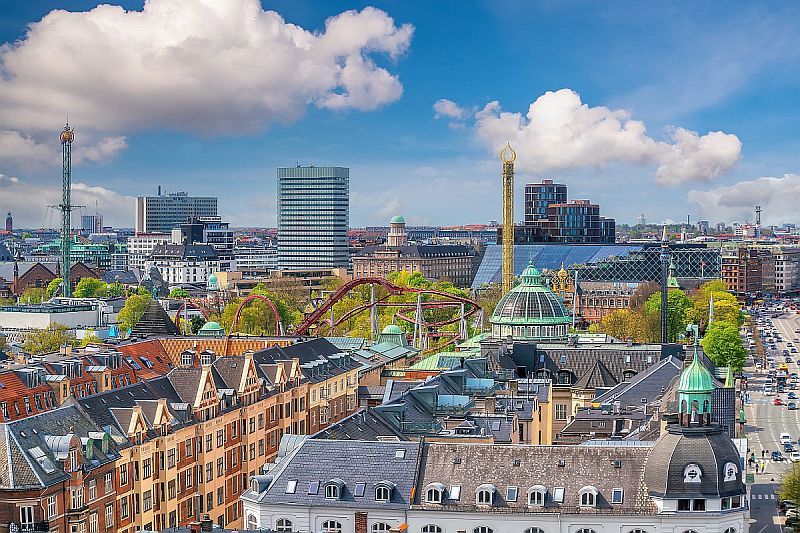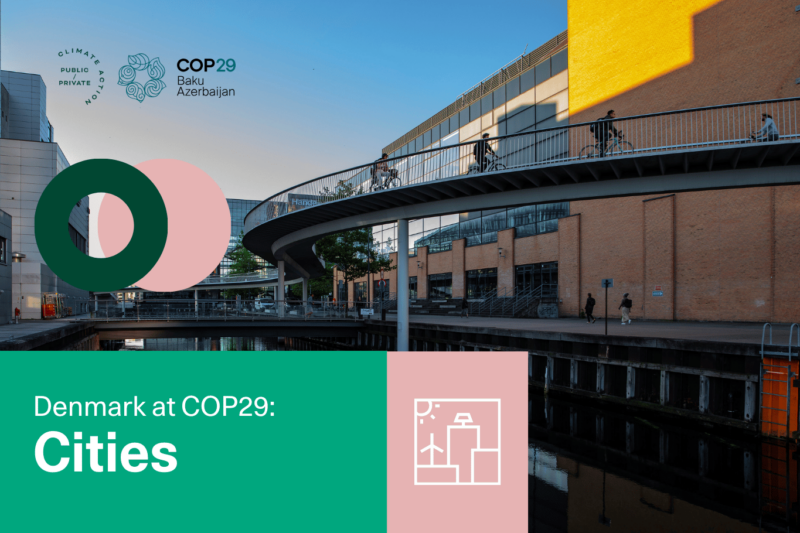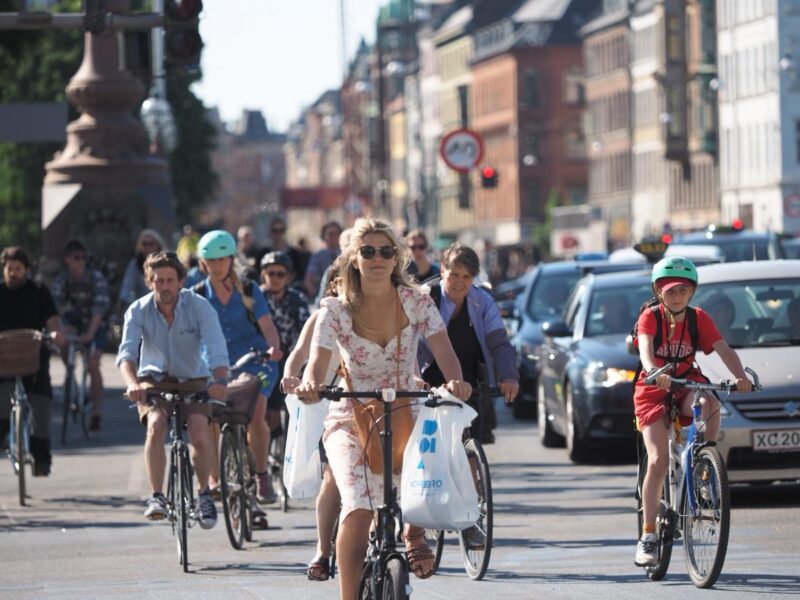News
Urban mobility
New bicycle account: bicycles outnumber cars in central Copenhagen


The City of Copenhagen aims to increase the percentage of commuters who cycle to work or education to 50% by 2025. Today, 41% of all trips in Copenhagen to work or education are carried out by bicycle. Among Copenhagen residents, 62% choose to cycle to work and education, whereas only 9% take the car.
Investments in bicycle infrastructure pay off
Since 2004, the City of Copenhagen, private foundations and the Danish government have invested DKK 2 billion in cycling infrastructure, bicycle bridges, parking and more. The many investments in bicycle infrastructure have motivated more people to choose the bike and have led to a growing satisfaction with Copenhagen as a cycling city. According to the Bicycle Account 2016, 97% of Copenhageners are satisfied or very satisfied, compared to 83% in 2006.
Optimizing travel time
Travel time is the main reason for choosing the bicycle in Copenhagen. Therefore the municipality continuously works to optimize traffic signals and create shortcuts for cyclists. The many bicycle bridges are great examples on how to cut down travel time by linking city parts together. The Bicycle Account 2016 shows that bicycle traffic has risen on nearly all bridges in the city center. Since the iconic Cycle Serpent opened in 2014, bicycle traffic has increased by 80%. Today, approximately 20,700 cyclists cross the Cycle Serpent every day.
The future of the City of Cyclists
Copenhagen is growing at a fast pace, and the growing population will put pressure on traffic, which calls for optimization of road capacity. Models show that bicycle traffic will increase by 25% from 2014-2025, and during rush hour, bicycle traffic is expected to increase by up to 36%.
To keep up with the increasing number of cyclists, the City of Copenhagen developed the Bicycle Track Priority Plan 2017-2025. The plan shows the streets that need cycle tracks and other types of improvement. The initiatives will be a part of the annual cycling reports through 2025 as a part of the budget negotiations.
Read the full article on the Bicycle Track Priority Plan
The political target of a 50% modal share by 2025 is still within reach, but it requires hard work. In recent years, focus has been on increasing bicycle traffic in the city center, with great results. But when it comes to cycle trips across the municipal boundaries, it is a different story. Since 2007, trips crossing the municipal boundary fell by 16%.
To reach the 2025 goal, more commuter trips to work and education from surrounding municipalities need to be done on bicycles. An expansion of the Cycle Superhighways network can be the solution to get more people to cycle longer distances. 500 kilometers have already been planned, and 206 kilometers have already been financed.
You should consider reading
solutions
Urban infrastructure planning
+2
SuperBlockify
15 November 2024events
Urban planning and development
+7















